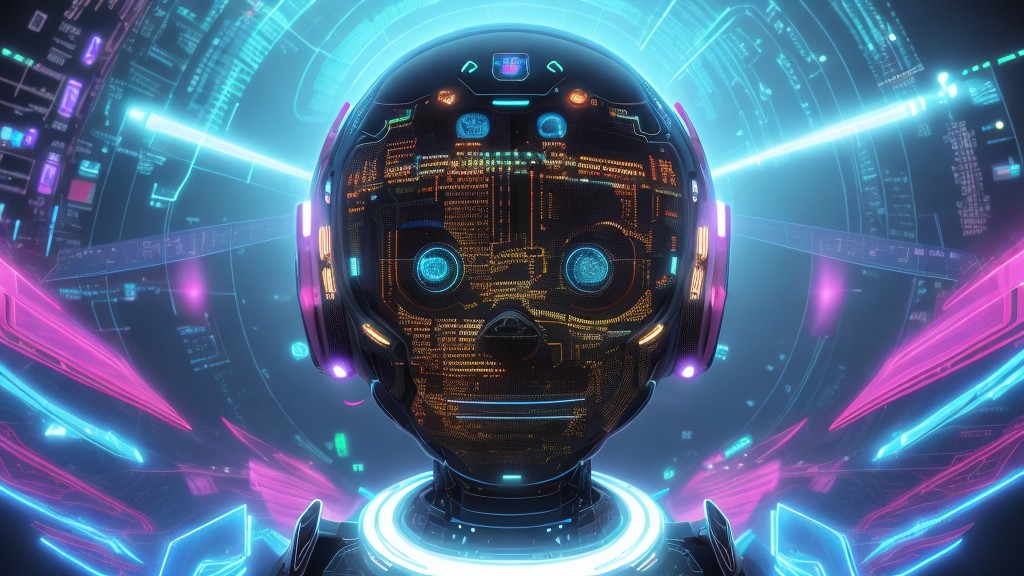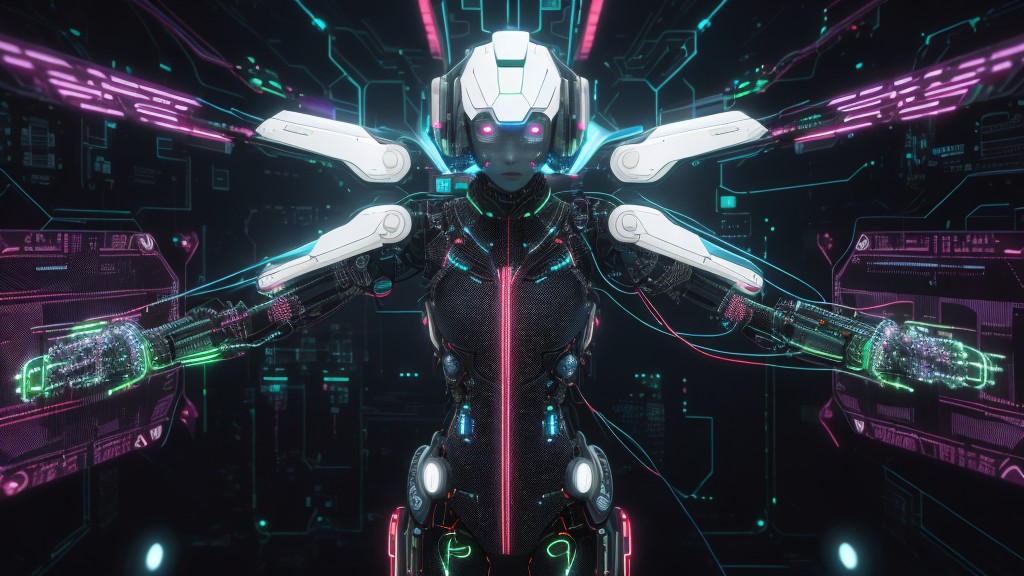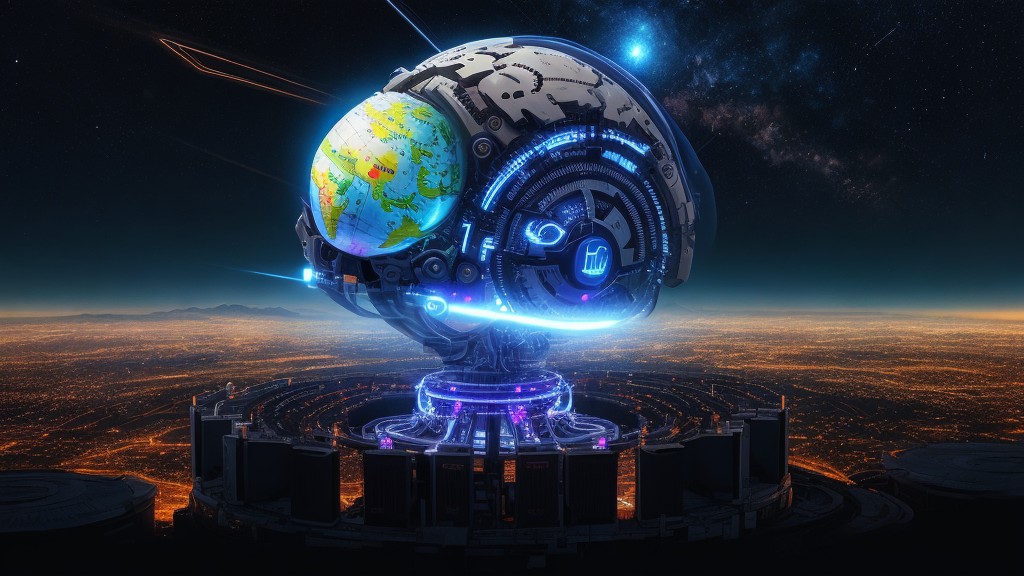
Emerging Shadows in Generative AI: Addressing Black Hat Tools

Emerging Shadows in Generative AI: Addressing Black Hat Tools
The rapid development in generative AI technologies has presented a unique paradox. While these advancements promise unprecedented benefits, they simultaneously create opportunities for potential threats. Cyber threat actors are increasingly exploiting the popularity of AI technologies for nefarious activities.
A recent report by FalconFeedsio has brought to light the emergence of two new malicious AI tools in the market, ‘XXXGPT’ and ‘Wolf GPT’. Drawing inspiration from the highly popular ChatGPT, these black hat tools raise significant concerns regarding the misuse of generative AI technology.
XXXGPT, marketed as a malicious variant of ChatGPT, offers a range of harmful features. Its services encompass providing code for botnets, RATs, malware, key loggers, crypter, info stealers, Crypto stealers, POS malware, and ATM malware.
Wolf GPT, a Python-based alternative to ChatGPT, assures complete confidentiality but harbors malicious intentions. It facilitates the creation of powerful cryptographic malware and supports advanced phishing attacks.
While the threat these tools pose is considerable, there are several robust defense strategies that individuals and organizations can adopt to mitigate these risks. These include:
- Implementing a robust defense-in-depth strategy
- Mandating BEC-specific training
- Utilizing a comprehensive security solution
- Ensuring thorough security telemetry
- Implementing enhanced email verification measures
You can find the full article here.
This rising challenge prompts crucial discussions around the role of AI in cybersecurity and the means to combat the misuse of AI technologies. We welcome your thoughts on this issue and look forward to brainstorming potential solutions together. How do you envision the future of cybersecurity in light of these emerging challenges? Let’s collectively navigate this intricate landscape.




